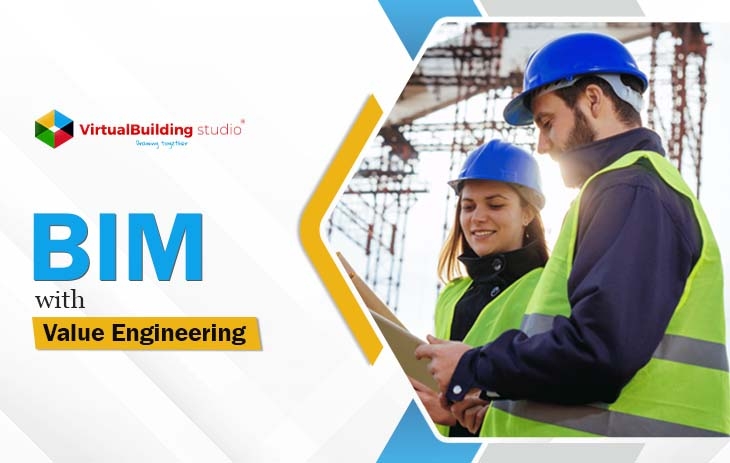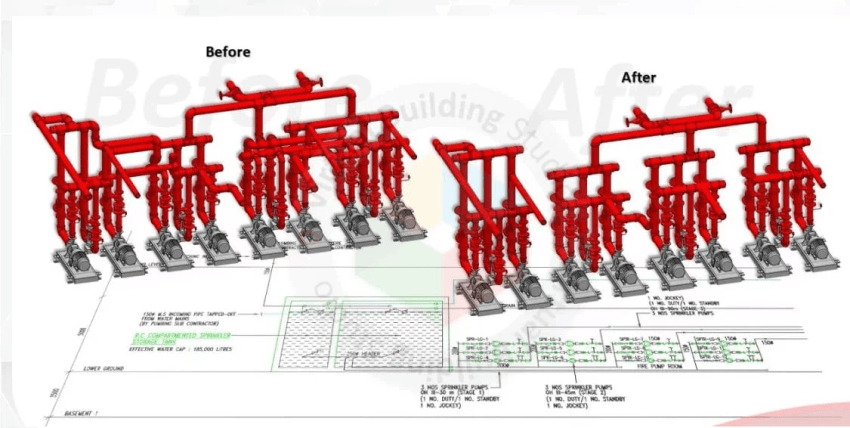
Value Engineering is a systematic approach for providing goods, products, and services at the lowest cost. It is a proven technique for cost optimization. VE has been around for more than half a century, and it is actively used in several countries to provide the most effective design solutions at the lowest possible cost.
Value engineering, as a concept, first evolved in the 1940s, during the Second World War; amid the war, purchase engineer Lawrence Miles had to opt for substitution of materials and methods to compensate for the shortage of goods, as an effect of the ongoing war.
Surprisingly, the substitutes reduced the costs while managing to perform, in some cases, even better than the original components. The value of a product is the most cost-effective way of producing it without compromising its original purpose.

Miles defined the product value as the ratio of function to cost, which implies that the value of the product can be increased by either increasing its functionality or decreasing the overall cost.
Having said that, it is important to understand that the cost reduction should not be at the expense of the quality of the product and should not, under any circumstances, compromise the integrity of the project. In principle, value engineering is exercised to deliver a quality project at the lowest possible cost.
Value analysis, as VE is otherwise known, is the review of new and different products during the design phase of the project to increase functionality while cutting down on the costs. It involves the integrated management of cost-effective solutions, design alternatives, and performance-driven decisions.
This stage is where BIM comes into the picture. BIM is a tool that facilitates value engineering in the construction industry. Projects that use BIM to optimize value engineering successfully cut down on costs, maintain a strict timeline, and deliver the best quality outputs, while prefabrication ensures minimal material wastage.
Using BIM, we can evaluate different rendered model images and pick the best VE alternative based on the objective of the project. This also means that the objective of the project is evaluated at every stage of the construction project, in real-time, from design through maintenance.
This process ensures that the project serves its optimum purpose. The implementation of VE is much easier with BIM in the picture. Value functionality can be increased along with the cost reduction, and clash detection through BIM ensures that no additional costs are incurred towards the end of the project.
So, there we have it: a quality project delivered, right on-time, at the lowest possible cost. BIM with VE is the next big thing in the construction industry, and we can see why.
Just to put things in perspective, let’s enlist the benefits of BIM with value engineering:- Cuts down on materials and labor costs
- Enhances system effectiveness and constructability
- Reduces installation time
- Promotes safer construction
- Resolves constructability issues
- Ease in access during construction and post-construction stages
- Hanger support optimization
- Sheet metal cost optimization
- Shaft optimization
- Saves time on RFIs
- Avoids discrepancies with local codes
BIM with VE is a collaborative effort where all of the stakeholders and disciplines get together to analyze the project for VE opportunities. We can extract and verify quantities from the model, which is then plugged into the estimate, and the cost-effectiveness is realized in real-time.
The benefits are endless, but the reason it remains the underdog in the construction industry is that people are still slow to adopt change, and they cling to what is comfortable. It remains one of the major hurdles to BIM implementation in the construction industry, but people are learning, with time. It is only a matter of time before it catches on.
We, at the Virtual Building Studio, provide value engineering to all of our projects through detailed engineering and quality control using our ample expertise ranging from design to on-site installation. Our value engineering experts help clients in identifying and eliminating high-cost areas by re-designing MEPF services and resolving constructability issues.
Our team has been consistently working towards ensuring on-time project delivery and quality outputs. We have successfully handled a wide range of BIM projects with varying complexities for our clients in the USA, the UK, Singapore, Australia, and the UAE.
We are committed to providing our clients with the best of the opportunities that ensure their growth and success. We have been working towards establishing a firm foothold in the BIM industry, and our team of experts is leading the way.




